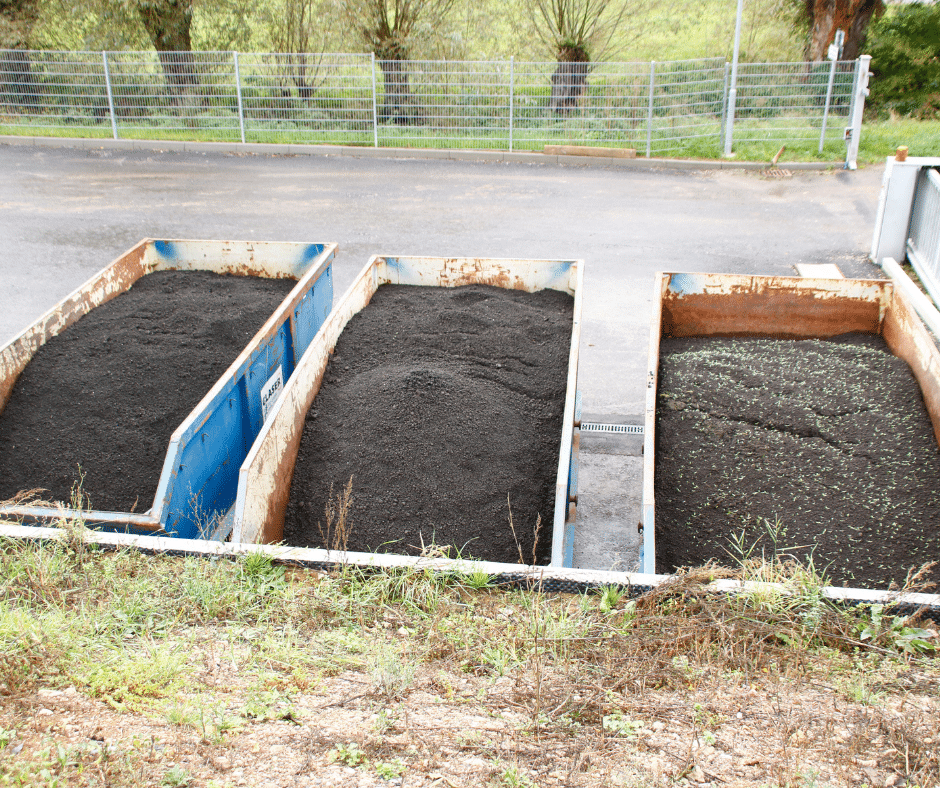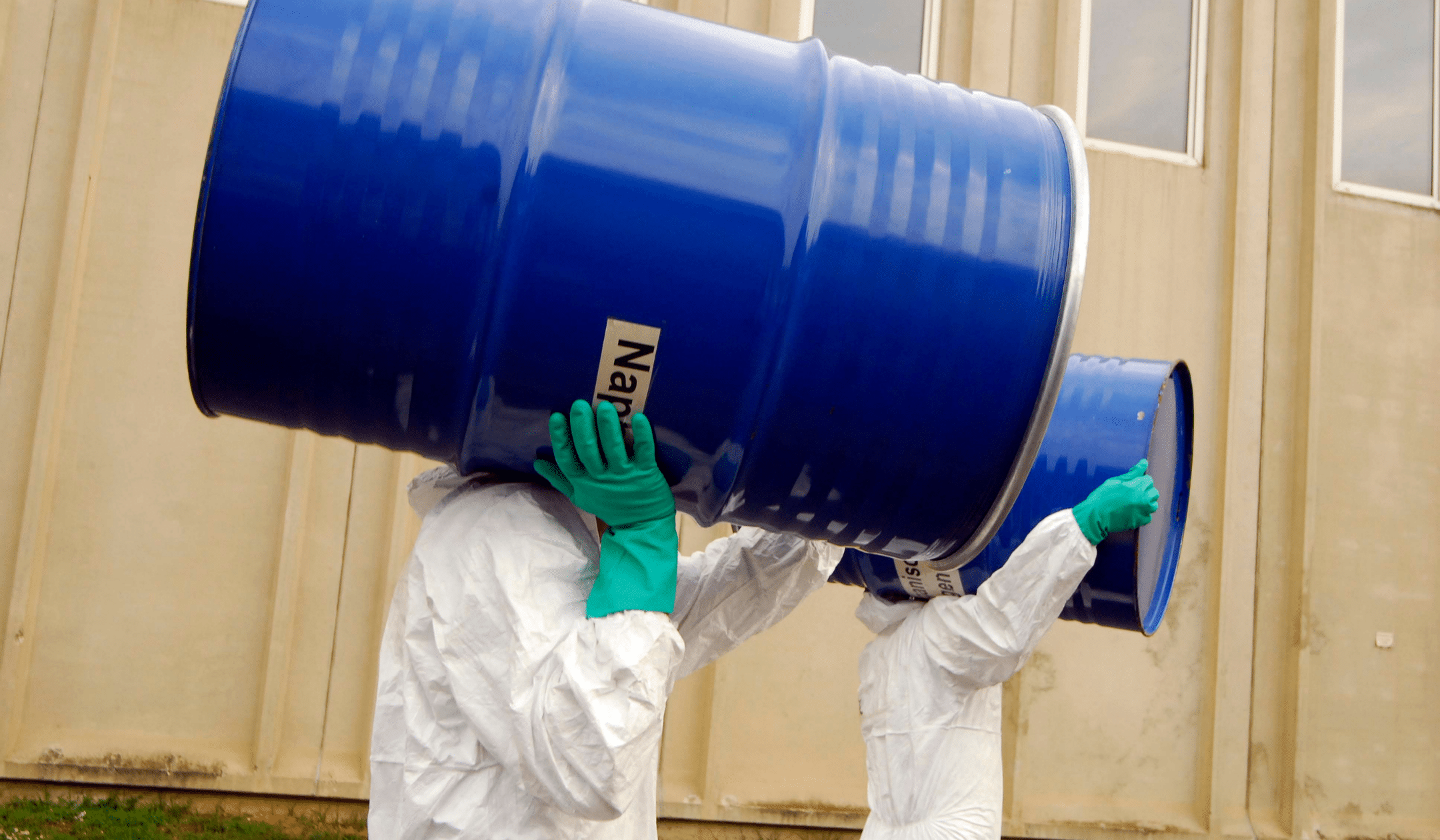
20 May 5 Types of Waste Disposal Methods

1. Sanitary Landfill
One of the most common waste disposal methods is a sanitary landfill, usually just known as a landfill. It involves the collection, transportation, dumping, and burying of waste on land designated for the purpose. Landfill sites are prepared with a protective base layer that prevents contamination from the waste leaking into groundwater.
Every waste layer is compacted and gets a covering of soil, preferably nonporous, to help prevent the accidental leakage of toxic pollutants. Landfills require a lot of land and are becoming more controversial. However, when full, the sites can be repurposed for uses that benefit communities, including solar parks, golf courses, recreational spaces, and wildlife conservation sites.
2. Recycling
Recycling has become one of the most effective and environmentally friendly waste disposal methods. It involves separating waste by the type of material, such as glass, paper, aluminum, and plastics. These materials can then be used to manufacture new products.
This type of waste disposal can be done at a domestic level, with households simply sorting their waste into the appropriate recycling containers. Companies can use recycling to reduce their costs as well as their environmental impact by helping reduce the amount of recyclable waste that ends up in landfills or polluting our oceans and rivers.
3. Composting
For many years, composting has been used as a waste disposal method for organic waste, particularly by keen gardeners and the agricultural industry. The waste is accumulated in piles, pits, or sealed containers, where it’s gradually decomposed by microbes over a long period of time. Totoagung2
The resulting nutrient-rich compost is used as a fertilizer for plants and crops. While the process takes a long time and needs a large area of land, composting vastly improves soil fertility. Industries that generate large amounts of organic waste can even create an additional income by selling the organic compost.
4. Incineration
Incineration is an inexpensive waste disposal method that transforms the waste into base components, various gases, and ash. The process reduces waste volume by around 90%. The heat produced by incinerators can be used to generate energy, and some ash is rich in nutrients and can be useful for farming. However, if not properly controlled, incineration can contribute to air pollution.
5. Plasma Gasification
Plasma gasification is an effective and environmentally friendly method of waste disposal that uses extreme heat to vaporize 75% to 85% of the waste. The resulting synthetic natural gas, or syngas, can be refined into high-grade fuel. The nonorganic waste is transformed into slag—solid blocks that can be used in construction. While requiring a lot of energy, plasma gasification helps reduce our reliance on landfills.
The accumulation of waste is an unavoidable part of life, and it’s important to use responsible waste disposal methods. In addition to regular waste products, liquid waste and hazardous waste need the effective waste management solutions that Pros Services provides.

